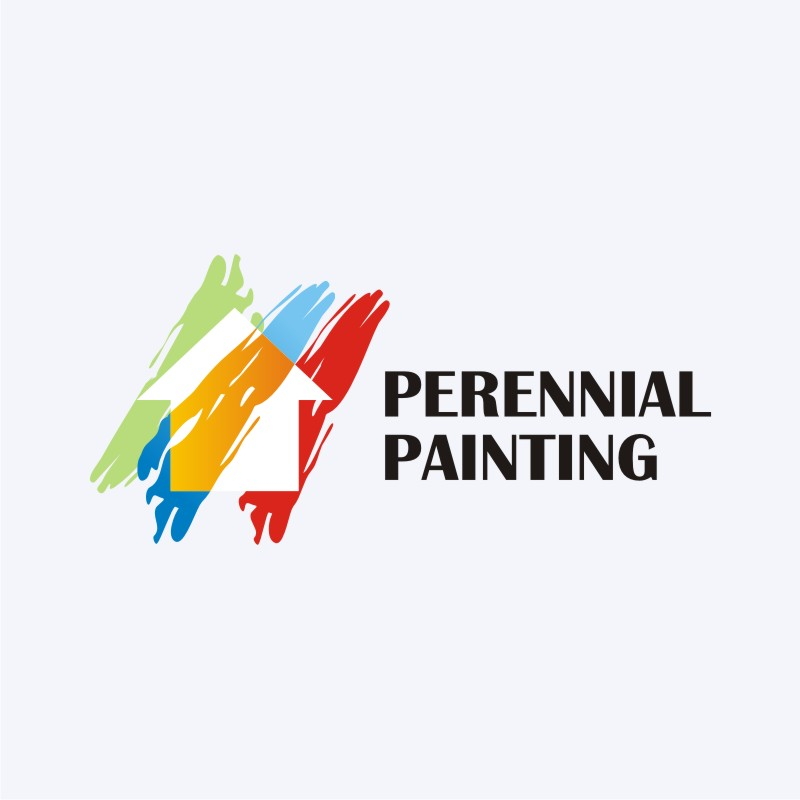Comprehensive Recommendations For Ready-Making Your Walls For Painting
Comprehensive Recommendations For Ready-Making Your Walls For Painting
Blog Article
Authored By-Mathiasen Lemming
When you're prepping your walls for painting, it's crucial to follow a systematic procedure to make sure a flawless finish. Start by examining the wall surface for any type of damages; this action can make or break your task. As soon as you've recognized any kind of issues, cleaning the surface area correctly is necessary, as a filthy wall surface can influence paint bond. Afterwards, you'll require to spot any kind of blemishes and apply a primer. But there specify methods and suggestions that can elevate your preparation video game-- let's check out those additional to achieve the most effective results.
Assessing Wall Surface Condition
Prior to you get your paintbrush, take a moment to assess your walls' condition. Look for any type of visible damages like splits, holes, or peeling paint. These blemishes can affect just how the paint sticks and looks as soon as it's completely dry. If you notice any significant damages, you'll need to prioritize repairs prior to diving into painting.
Look very closely at the structure of your walls. Is the surface area smooth, or is there structure that might need special factor to consider? Smooth walls typically call for less prep, while distinctive surface areas may need more time to repaint equally.
Likewise, think about the previous paint work. If the old paint is glossy, it mightn't enable brand-new paint to stick properly. You'll would like to know if your wall surfaces have been repainted with oil-based or water-based paint, as this can affect your selection of primer or paint.
Lastly, remember of any wetness problems. If you see signs of water damage or mold and mildew, address these problems quickly to prevent further issues.
Cleaning the Surface
When you have actually examined the problem of your walls, the next action is cleansing the surface area. Begin by collecting your materials: a container, warm water, a light detergent, a sponge or fabric, and a scrub brush for tougher areas.
Begin at the top corner of the wall and work your means down. Mix the cleaning agent with cozy water in your bucket, after that dip the sponge or cloth into the solution. Wring exterior commercial painters near me bent on avoid too much moisture on the walls.
As you clean, pay close attention to locations that may've built up dust, oil, or fingerprints. For stubborn spots, use the scrub brush gently to stay clear of harming the paint under. Wash your sponge or towel frequently in clean water to stop spreading dirt around.
After cleaning, it's necessary to clean the wall surfaces with a damp towel to remove any soap deposit. https://www.housedigest.com/971990/savvy-tips-for-painting-your-cedar-siding/ makes certain a smooth surface for the brand-new paint to stick to.
Enable the walls to dry entirely before moving on to the following preparation actions. This complete cleansing process will assist produce a fresh canvas for your paint task, guaranteeing the best results.
Patching and Priming
Patching and priming are crucial action in preparing your wall surfaces for a fresh layer of paint. Initially, evaluate your wall surfaces for any kind of holes, fractures, or flaws. Make use of a top quality spackling compound or patching paste to fill these locations.
Use the compound with a putty knife, smoothing it out so it's flush with the surrounding surface. Permit https://interior-painters-near-me77665.blogdal.com/33709388/stay-ahead-of-the-curve-with-these-inside-paint-color-styles-for-your-home to completely dry totally, and then sand it lightly till it's smooth and even.
As soon as you have actually patched everything, it's time to prime. Primer aids secure the covered locations, making certain the paint sticks properly and provides a consistent coating. Choose a guide appropriate for your wall surface kind and the paint you'll be utilizing.
Apply https://elliottafkpz.bcbloggers.com/32476763/the-craft-of-paint-touch-ups-trick-insights-and-helpful-hints making use of a roller for larger areas and a brush for edges and edges. If your covered areas are substantially large or permeable, you may intend to apply a second layer of primer after the very first one dries.
After priming, let every little thing dry extensively prior to moving on to paint. This prep work won't only enhance the appearance of your wall surfaces yet also lengthen the life of your paint task.
Take your time, and you'll be pleased with the outcomes.
Final thought
By adhering to these straightforward steps, you can accomplish a smooth and expert finish on your wall surfaces. Start by assessing their condition, after that clean and patch any kind of blemishes prior to using primer. Bear in mind to allow sufficient drying time and make sure whatever is smooth before you study paint. With the right prep work, you'll establish the stage for a lovely improvement in your room. Currently, gather your products, inhale the fresh air, and get ready to repaint!
